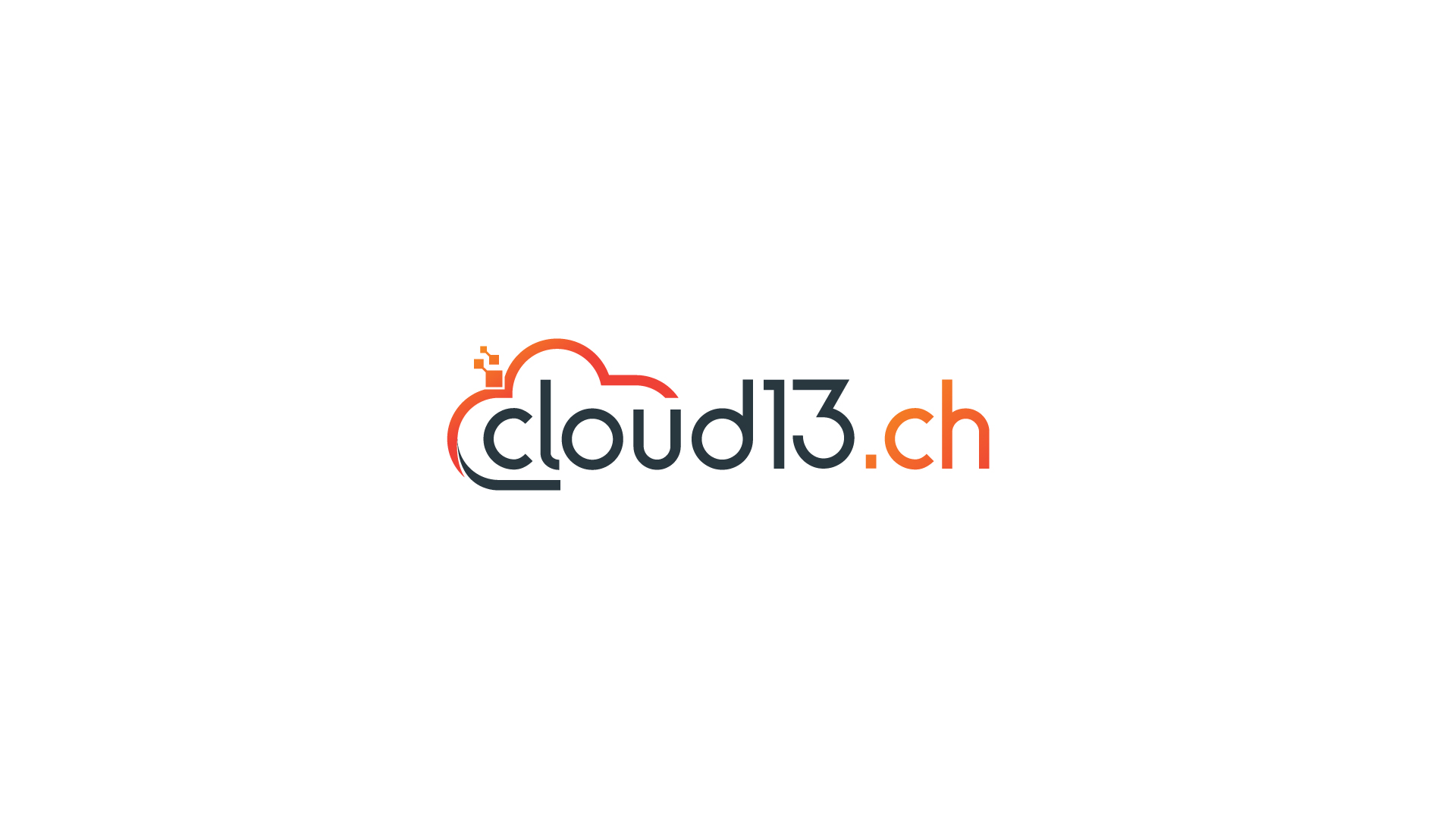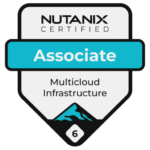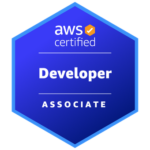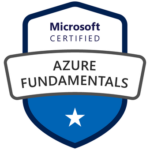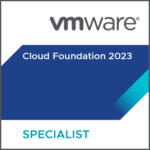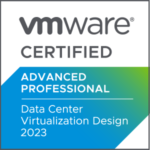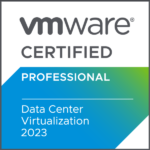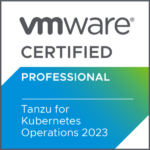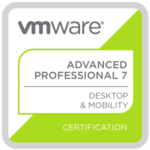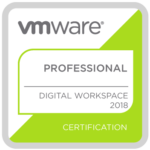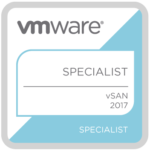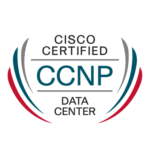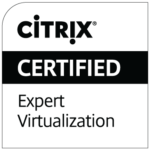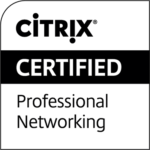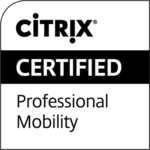Switzerland doesn’t follow. It observes, evaluates, and decides on its own terms. In tech, in policy, and especially in how it protects its data. That’s why the typical EU sovereign cloud model won’t work here. It solves a different problem, for a different kind of political union.
But what if we could go further? What if the right partner, one that understands vertical integration, local control, and legal separation, could build something actually sovereign?
That partner might just be Oracle.
Everyone is talking about the EU’s digital sovereignty push and Oracle responded with a serious answer: the EU Sovereign Cloud, which celebrated its second anniversary a few weeks ago. It’s a legally ring-fenced, EU-operated, independently staffed infrastructure platform. Built for sovereignty, not just compliance.
That’s the right instinct. But Switzerland is not the EU. And sovereignty here means more than “EU-only.” It means operations bound by Swiss law, infrastructure operated on Swiss soil, and decisions made by Swiss entities.
Oracle Alloy and OCI Dedicated Region – Sovereignty by Design
Oracle’s OCI Dedicated Region and the newer Alloy model were designed with decentralization in mind. Unlike traditional hyperscaler zones, these models bring the entire control plane on-premises, not just the data.
That allows for policy enforcement, tenant isolation, and lifecycle management to happen within the customer’s boundaries, without default exposure to centralized cloud control towers. In short, the foundation for digital sovereignty is already there.
But Switzerland, especially the public sector, expects more.
What Still Needs to Be Solved for Switzerland
Switzerland doesn’t just care about where data sits. It cares about who holds the keys, who manages the lifecycle, and under which jurisdiction they operate.
While OCI Dedicated Region and Alloy keep the control plane local, certain essential services, such as telemetry, patch delivery, and upgrade mechanisms, still depend on Oracle’s global backbone. In the Swiss context, even a low-level dependency can raise concerns about jurisdictional risk, including exposure to laws like the U.S. CLOUD Act.
Support must remain within Swiss borders. Sovereign regions that rely on non-Swiss teams or legal entities to resolve incidents still carry legal and operational exposure – but this data can be anonymized. Sovereignty includes not only local infrastructure, but also patch transparency, cryptographic root trust, and full legal separation from foreign jurisdictions.
Yes, operational teams must be Swiss-based, except at the tier 2 or tier 3 level.
Avaloq Is Already Leading the Way
This isn’t just theory. Switzerland already has a working example: Avaloq, the Swiss financial technology provider, is running core workloads on OCI Dedicated Region.
These are not edge apps or sandbox environments. Avaloq supports mission-critical platforms for regulated financial institutions. If they trust Oracle’s architecture with that responsibility, the model is clearly feasable. From a sovereignty, security, and compliance perspective.
Avaloq’s deployment shows that Swiss-regulated workloads can run securely, locally, and independently. And if one of Switzerland’s most finance-sensitive firms went down this path, others across government, healthcare, and infrastructure should be paying attention.
Sovereignty doesn’t mean reinventing everything. It means learning from those already building it.
The Bottom Line
Switzerland doesn’t need more cloud. It needs a cloud built for Swiss values: neutrality, autonomy, and legal independence.
Oracle is closer to that model than most. Its architecture is already designed for local control. Its EU Sovereign Cloud shows it understands the legal and operational dimensions of sovereignty. And with Avaloq already in production on OCI Dedicated Region, the proof is there.
The technology is ready. The reference customer is live.
What comes next is a question of commitment.
